Why Are Flywheels Important And What Different Types Are There?
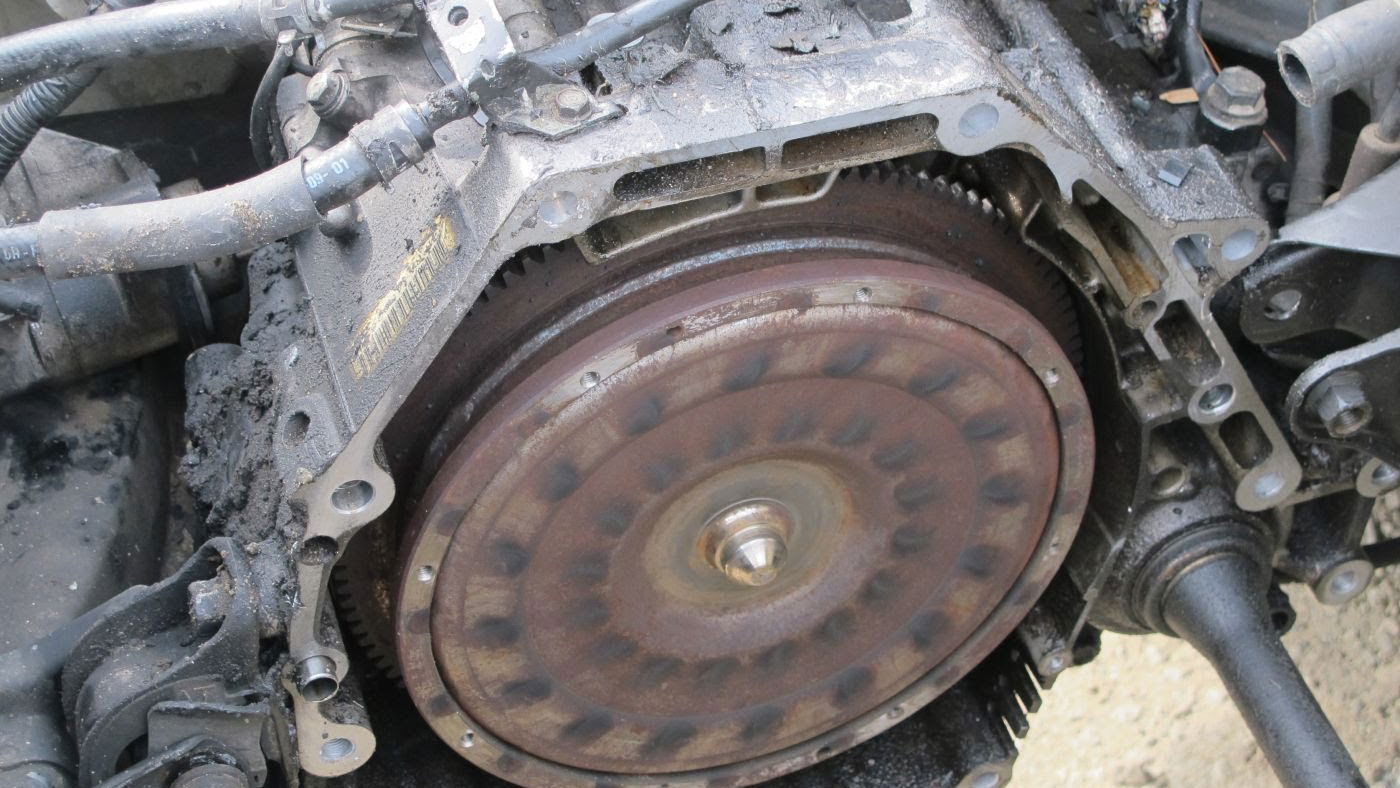
A simple yet effective device, the flywheel in your car is a vital part of the drivetrain that does wonders for the power delivery from the engine. It resembles a large, heavy disc that is connected to the end of the crankshaft and interacts with the clutch disc to engage drive to the wheels.
The physics behind a flywheel mean that it needs a large amount of torque to get it rotating, but in turn it also needs a large torque to slow it down, meaning that it conserves angular momentum very effectively. This makes a flywheel a simple energy storage device and when applied at the tail end of the crankshaft, it uses that conserved rotational energy to smooth the power delivery from the engine.
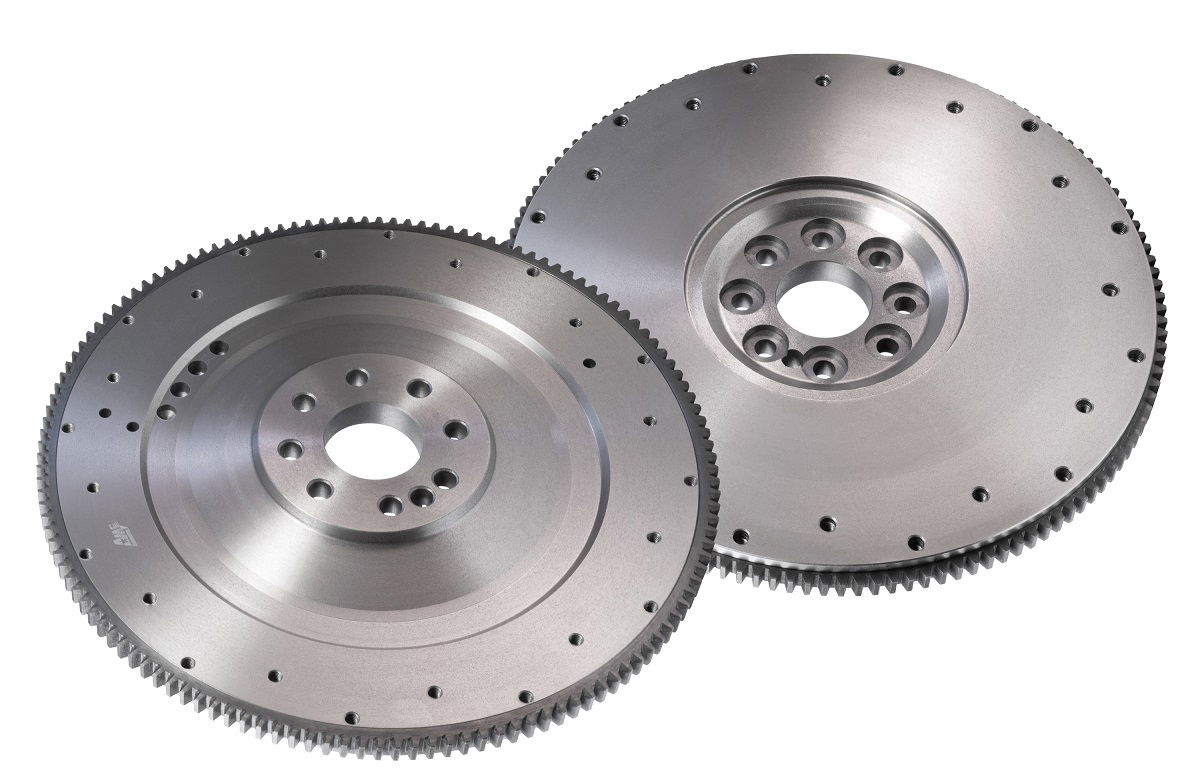
As the pistons reciprocate, they exert different forces and torques at each stage of the engine cycle. The largest amount of torque occurs during the power stroke, with the piston being forced powerfully downwards, rotating the crankshaft rapidly.
Without a flywheel attached at the end of the crankshaft, the rotation would be uneven, with a quick rotation at the power stroke followed by 540 degrees of relatively lacklustre rotational speed from each piston. So the flywheel uses its high rotational inertia (its resistance to changes in rotational speed) to even-out the torque delivery so that the crankshaft rotates in a more constant, smooth fashion.
With the weight of the flywheel being a key factor in its energy conservation, the sheer mass of the large lump sitting at the end of the crankshaft leaves scope for some modification. Lightened flywheels have become a staple in motorsport and track-modified road cars, immediately changing the dynamics of the engine. Lightening occurs by removing excess material from an existing flywheel (with older variants made from cast iron) and balancing it or by buying an aftermarket flywheel (generally made from steel) designed specifically for the car at hand.
The lowered mass means that the flywheel rotates much more easily under the engine’s power. This makes it ideal for acceleration in the lower gears when engine speed needs to change rapidly and is a popular modification for cars yearning for a perkier powertrain.
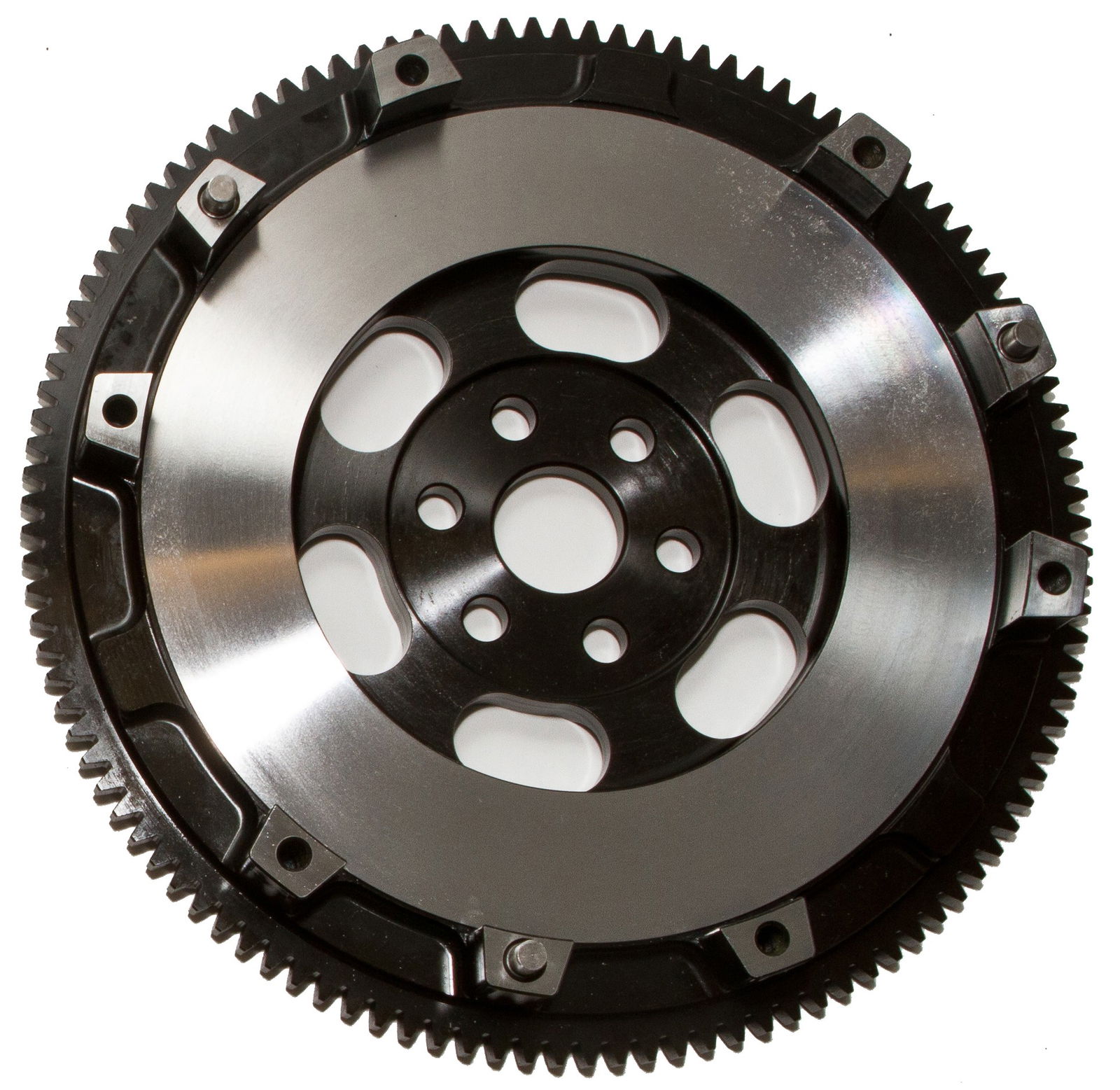
The lack of inertia in a lightened flywheel also means that engine speeds drop very quickly when changing up a gear (instead of hanging) and increases with the slightest flick of the accelerator pedal for smooth downshifting via rev-matching. Although the smoothness of the engine turnover may be slightly compromised as a result of the reduced mass, the sharp revving characteristics make this weight reduction a common theme in cars modified for motorsport.
Another type is a dual-mass flywheel which goes the opposite way to the lightened option by bringing a secondary lump of material into the fray. So what’s the rationale for adding it?
While an engine is reciprocating, the cycles create large amounts of unwanted vibration that can disturb the function of other components down the line. These vibrations differ in frequency depending on the amount of cylinders at hand and their orientation.
For example, the engine balancing involved within a straight-six makes for very little adverse vibrations as the primary and secondary forces created within the engine cancel each other out. On the other hand, single and twin-cylinder engines create a large amount of vibrations due to an inherent lack of balance. The resulting vibrations make their way down the crankshaft to the transmission and can disturb shifting and the general operation of the gearbox.
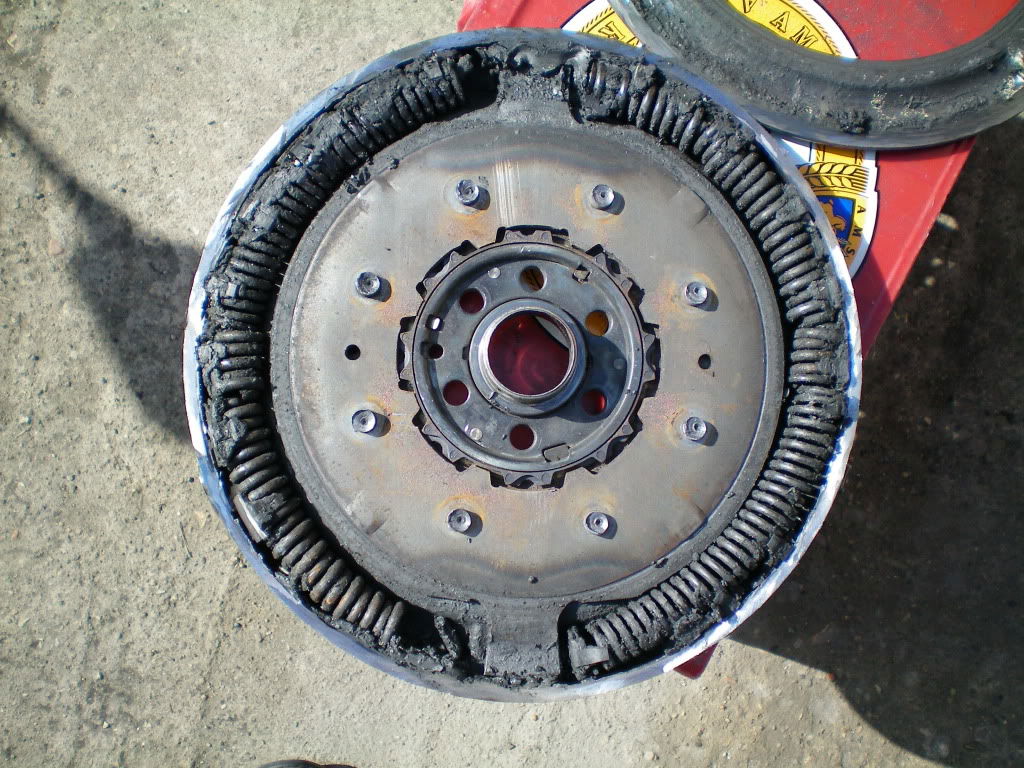
A dual-mass flywheel does its best to combat these vibrations by damping their effect through two masses and a combination of springs. One mass is connected to the crankshaft and the other to the transmission.
The primary mass forms a large disc that rotates with the crankshaft and the secondary mass is a smaller disc that sits within it. Springs physically connect the two masses, so as the primary mass spins, the secondary mass is influenced by the springs to also rotate. The springs are the key component, as they balance out any nasty vibrations as much as possible before they reach the secondary mass and through to the transmission.
Flywheels have needed to keep up with the downsizing trend of recent years, due to the lack of cylinders making for unwanted irregularities in crankshaft speed and the large levels of vibration. This has enhanced the development of the likes of the dual-mass flywheel, with standard single-mass units allowing for a loud and rattling drivetrain in comparison.
Unfortunately, the more complex nature of the components within a dual-mass flywheel means that parts wear out and have to be replaced, adding maintenance costs to something that should be a long-lasting, simple component.

Does your car have a dual-mass or lightened flywheel? Maybe you even daily drive a car with a modified flywheel? Comment below about your experiences with this vital component!
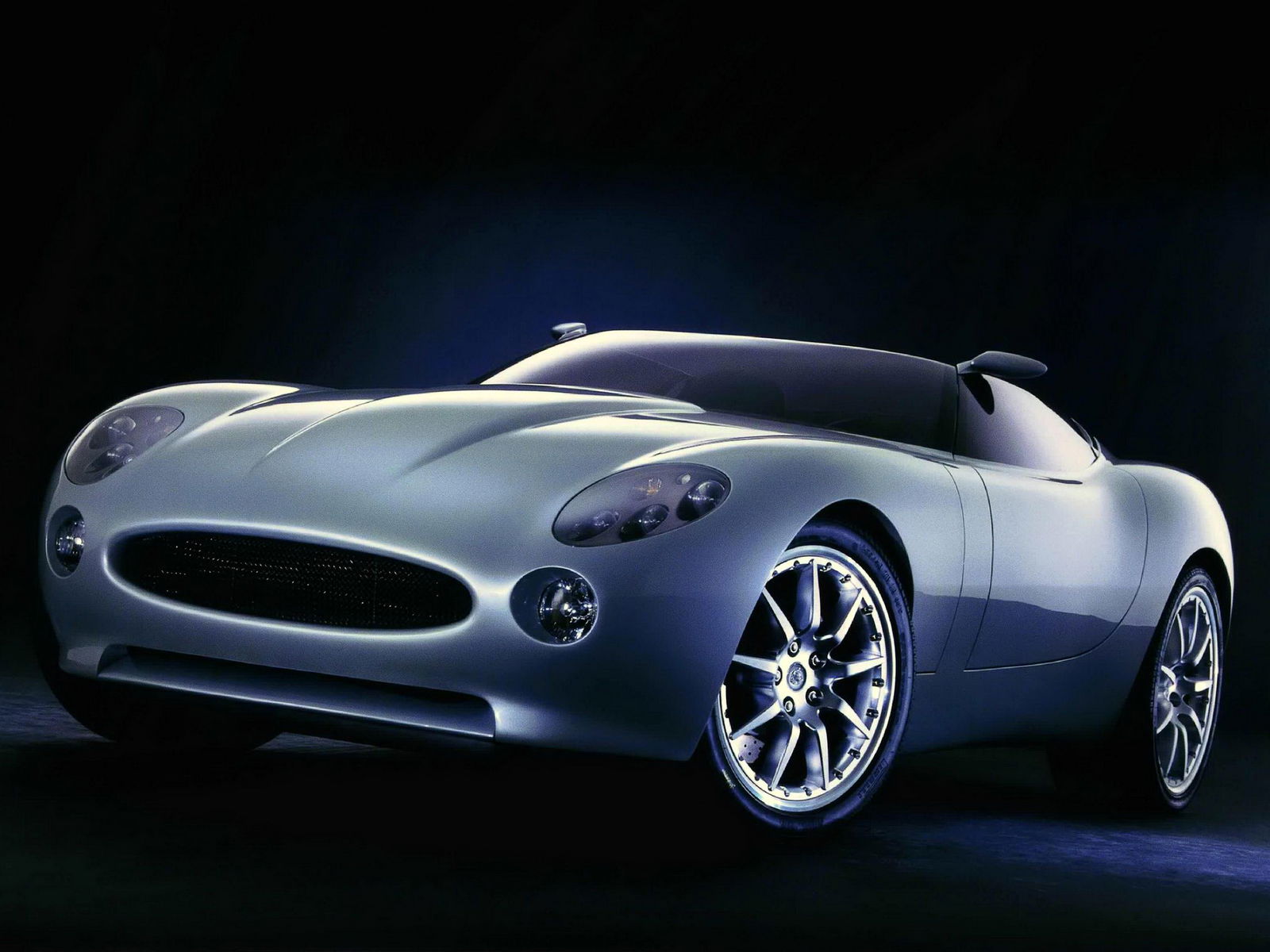












Comments
I have a fabia vrs with 225bhp and 370lbft and I’m running a uprated sachs DMF. Think it weighted about 22kg!!!
I only had a crazed flywheel when I bought my ride back then…
An engine without a flywheel can be…interesting
How that for a lightened flywheel - BMW V10 standard unit vs the replacement I made…saved ~20kg!
Peugeot 407se his 136. Originally fitted with a DMF. But circulate couldn’t take the torque. Have retrofitted a Valeo kit with a SMF and updated clutch.
I haven’t looked into this before, but everytime I had heard “dual-mass flywheel”, I thought about a flywheel that could be switched between two different masses. Now I know that’s not the case, but think of the possibilities with such a flywheel. You could program it into your driving modes in such a way where you could make the engine all responsive and nippy like a GT3 RS in Sport mode, yet docile and refined in Comfort mode. It would just switch into the lighter mass flywheel for sporty driving. Somebody needs to engineer this into existence.
Pagination